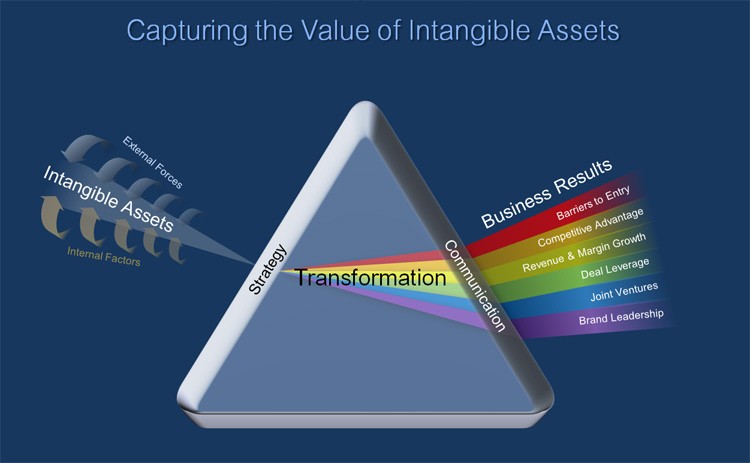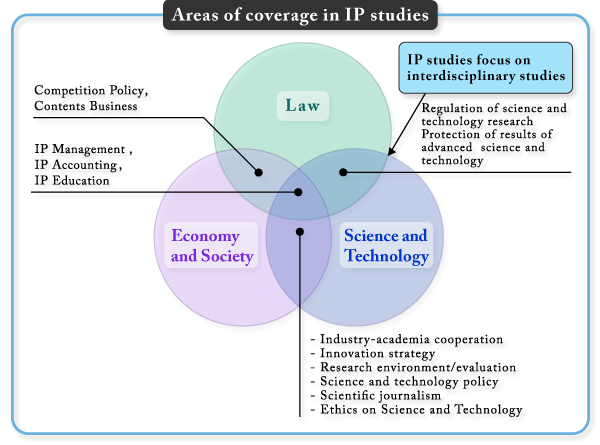Intellectual Property Intangible Assets
Post on: 16 Март, 2015 No Comment

By Forrest Vickery, ASA
Managing Director Northern California
Intangible assets are non-physical assets (such as franchises, trademarks, patents, copyrights, and goodwill) that grant the potential for certain rights and privileges as well as the possibility for economic benefits to the owner. The economic benefits may be fruitful or fleeting, depending on the nature of the intangible asset and the company exploiting it. Unlike physical or tangible assets, which you can see and touch, intangible assets cannot be physically distinguished. On the other hand, similar to tangible assets, in the appropriate circumstances an intangible asset can be exchanged, purchased, or licensed. For some companies intangible assets may have such a bearing on the business’ value that shareholders are willing to go great lengths and expend funds to define their intangible assets, monitor and manage them, and protect them from infringement and damage. Nonetheless, an intangible asset’s influence on business value may be simply ephemeral, subject to the gyrations of the stock market, consumer sentiment, and unrelenting competition.
The importance of intellectual property rights to shareholders is illustrated in the case of W. Earl Bennett, et al. vs. The Walt Disney Company, et al. involving the Winnie the Pooh litigation. 1 A class action lawsuit has been filed on behalf of purchasers of securities of the Walt Disney Company between 1997 and 2002. The complaint in this case alleges that Disney and certain of its officers and directors violated the Securities Exchange Act of 1934 by failing to disclose to the investing public the existence, details, and potential effects of a pending lawsuit over merchandising rights concerning Winnie the Pooh. The pending lawsuit alleges that Disney miscalculated royalties due from the sale of Winnie the Pooh dolls, books and other merchandise, and that millions of dollars of additional royalties are due for Winnie the Pooh videos, DVDs, computer software and other electronic products. If successful, the pending lawsuit could force Disney to pay hundreds of millions of dollars in damages, or even possibly affect Disney’s merchandising agreement for Winnie the Pooh products. This could result in a substantial potential loss of revenues and profits each year. This case and the related lawsuits demonstrate how intellectual property litigation can involve significant monetary exposure. By contrast, in some cases, the value of an intellectual property asset may dwindle to zero based on competition, market forces, and consumer preference.
Intellectual property is simply a subset of intangible assets. Certain “new economy” companies, which may be defined by the nature of their intellectual property, are now competing in a knowledge-based economy. While old economy companies competed under the armor of their bricks and mortar, the new economy companies that are dependent on their intangible assets contend for market share with adaptation and innovation. This article will describe the various types of intangible assets and intellectual property, the various approaches and methods to valuing them, and what situations may require the need for a valuation. Given the limited scope of this article, only a brief overview of intangible assets and intellectual property follows.
Identifying Intangible Assets and Intellectual Property
To qualify as an intangible asset, the owner should be able to specifically identify and describe the asset, and it should be subject to legal protection. Moreover, one should be able to privately own the asset and legally transfer or sell it to another party. The asset should also have come into existence at an identifiable time or as the result of an identifiable event, and should be subject to destruction or termination at an identifiable time or an identifiable event.
For an intangible asset to have quantifiable value from an appraisal perspective, it should possess certain economic attributes or characteristics in addition to those that indicate legal existence. In particular, the asset should generate some measurable amount of economic benefit to its owner. Also, it should potentially enhance the value of the other assets with which it is associated. The defining characteristics and economic benefits of an intangible asset will manifest in a business’ day-to-day operations. The following list demonstrates examples of intangible assets some businesses may possess:
- Trademarks, trade names, brand names, logos
- Process patents, product patents, technical know-how
- Copyrights, blueprints, trade secrets
- Computer software and automated databases
- Customer lists, customer contracts, open purchase orders
- License and franchise agreements
- Trained and assembled workforce, employment agreements
- Leasehold interests, mineral rights, air and water rights
- Going concern goodwill, professional practice goodwill
Amongst the above examples of intangible assets, there are five general classifications of intellectual property, including:
- Trademarks
- Copyrights
- Patents
- Know-How
- Trade Secrets

Intellectual property differs from other intangible assets in that it is the result of conscious creative activity. Moreover, the deliberate inventive activities can be attributed to the efforts of specific people.
Valuing Intellectual Property
Valuation of intellectual property falls into three general approaches to value:
- Income Approach,
- Market Approach, and
- Cost Approach
Income Approach
The Income Approach focuses on the future benefits that can be realized from a particular asset. In essence, the appraiser determines the potential future benefits from the asset as well as the inherent risks of realizing the benefits.
Methods that value intellectual property under the income approach may by focus on:
- The greater level of income realized by the owner of the intellectual property compared to not owning the property (leading to higher profitability).
- The lower levels of costs realized by the owner of the intellectual property compared to not owning the property (also leading to higher profitability).
- Relief From Royalty methods, which are based on a hypothetical royalty payment that the owner of the intellectual property would be willing to pay or otherwise would have to pay to a third party to exploit the rights and benefits of the intellectual property. The royalty represents the rental charge that would be paid to the licensor if this hypothetical arrangement were in place.
In any of the above circumstances the value of the business is incrementally greater as a result of the business’ ability to successfully exploit the intellectual property and realize the economic benefits.
Market Approach
The market approach focuses on actual arms length transactions of similar intellectual property assets between unrelated parties. The market approach process includes:
- Researching the appropriate market for information on transactions and/or license arrangements of comparable intellectual properties.
- Analysis of the market data, facts, and circumstances of the comparable transactions.
Cost Approach
The two common types of cost include reproduction cost and replacement cost. Reproduction cost is the total cost, at current prices, to develop an exact duplicate or replica of the subject intellectual property. This measures the amount of money that would need to be spent to develop the intellectual property in exactly the same way and to achieve the same final state as it currently exists.
Replacement cost, on the other hand, contemplates the cost to recreate the utility of the subject intellectual property, but in a form or appearance that may be different. This concerns the ability of the replacement property to perform its designed task, while, from an economic standpoint, having the ability to provide an equivalent amount of satisfaction. The replacement cost of an intellectual property is the total cost to create, at current prices, an asset having equal utility the intellectual property subject to appraisal. However, the replacement intellectual property would be created with modern methods and developed according to current standards.
Simplified Example Using Three Approaches
Income Approach
The subject patented technology allows the business to generate $1 million in greater profits every year compared to not owning the patent. The added profitability adds $4.2 million in value to the Business.
Market Approach
Comparable patent sales were found related to the industry in which the subject business operated. The comparable transactions yielded value indications ranging from $3.5 to $6.2 million, after making adjustments for specific differences between the actual patents sold and the subject patent. All sales were arms-length between unrelated parties.
Cost Approach
The cost of developing the patent (including employee labor hours, testing costs, design costs, etc.) would range from between $2.1 and $2.8 million. A reconciliation of value from the three approaches shows that the benefits of owning and exploiting the patented technology were feasible and realizable. Therefore, more weight may be placed on the Income and Market Approaches, resulting in a value of approximately $4.5 million.
Uses of Intellectual Property Valuations
For those companies that are increasingly dependent on their intellectual property assets for a competitive edge, valuations of intellectual property have been and will be needed for a variety of purposes, including:
- Identifying assets that enhance value or need protection
- Evaluating assets of a potential merger or acquisition candidate
- Purchase price allocation after an acquisition
- Making informed financial decisions protection, maintenance, and commercialization
- Evaluating potential for research & development projects
- Supporting loan collateral analysis
- Litigation disputes and damage claims
The resulting valuation of a business’ existing or prospective intellectual property may be the determining factor in whether an acquisition goes forward or a potential research and development project continues to receive funding. Moreover, as certain businesses experience intellectual property gaining a greater proportion of their value, the quality and precision of valuations will be of increasing importance to shareholders and business owners.
www.wyca.com/summary/dis-inf.htm














